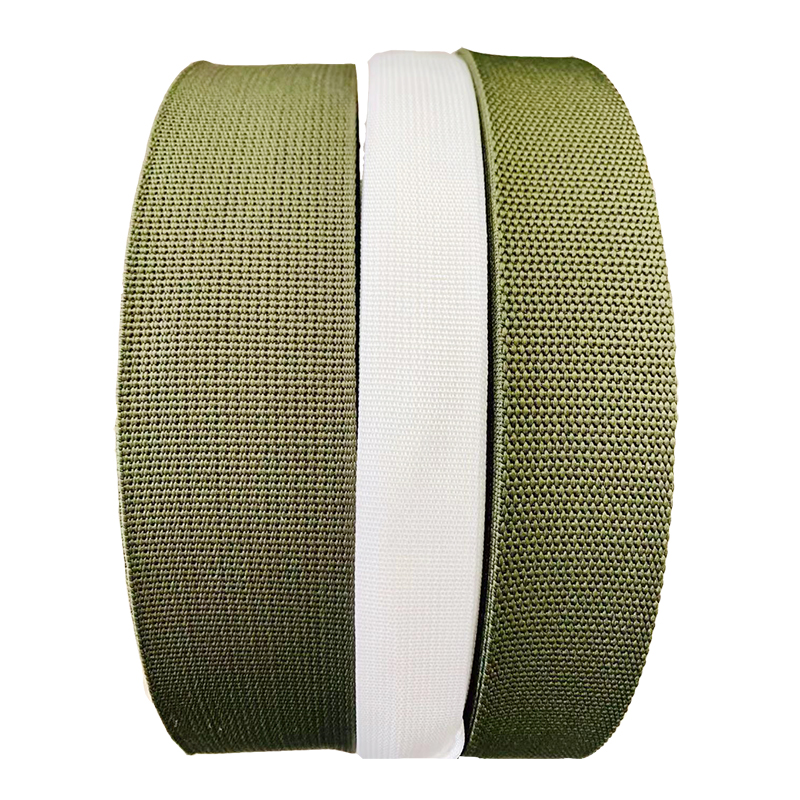Mechanical property: breaking strength ratio of ordinary viscose fiber PP ribbon Cotton is small, about 1.6~2.7 cN/dtex; Elongation at break is 16% - 22% higher than that of cotton; The wet strength decreases much, about 50% of the dry strength, and the wet elongation increases about 50%. Its modulus is lower than that of cotton, and it is easy to deform under small load, while its elastic recovery performance is poor, so the fabric is easy to stretch and has poor dimensional stability. The strength of rich fiber, especially the wet strength, is higher than that of ordinary viscose, the breaking elongation is smaller, and the dimensional stability is good. The abrasion resistance of ordinary viscose fiber is poor, while that of rich fiber is improved.
Chemical stability:
The chemical composition of viscose fiber is similar to that of cotton, which is more alkali resistant than acid resistant, but its alkali and acid resistance are worse than that of cotton. Rich fiber has good alkali and acid resistance. Similarly, the dyeing property of viscose fiber is similar to that of cotton, with complete dyeing chromatography and good dyeing performance. In addition, the thermal properties of viscose fiber are similar to that of cotton, with a density close to that of cotton, 150-1.52g/cm. Viscose is one of the earliest chemical fibers put into industrial production. Because of its good moisture absorption, comfortable wearing and excellent spinnability, it is often blended and interwoven with cotton, wool or various synthetic fibers, and is used for various clothing and decorative textiles. High strength viscose fiber can also be used for industrial products such as tire cord, conveyor belt, pp webbing, etc. Viscose fiber is a widely used chemical fiber.


